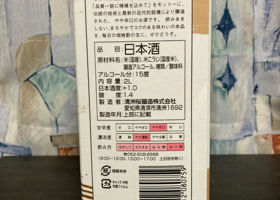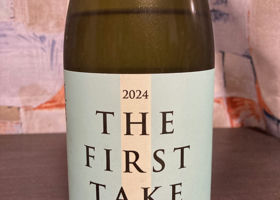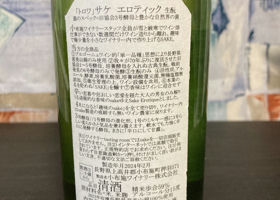

tomy
It took over a month to complete the drink with the cooking sake combination. As the temperature rises, people tend to drink at a faster pace, which reduces the opportunity to drink sake, which has a higher alcohol content than other alcoholic beverages. Also, the alcohol content is absurdly high compared to beer, chuhai, and highballs, so it is not a good idea from a health standpoint.
The first sip of sake is like, "Is this water?" .
It is 13% rice, rice malt, and brewer's alcohol. To be honest, I don't really know what umami is. The manufacturer's recommendation is to keep it chilled, so it is stored in the refrigerator. Packaged sake is great in the rack of the refrigerator.
Drinking it cold, it has a slight sweetness and watery bitterness. It's better for me as it's warmed up to 13 degrees, which makes it a lot easier to drink. I felt there was no point in keeping it in the fridge.
1065 including tax (2L)
Japanese>English






































